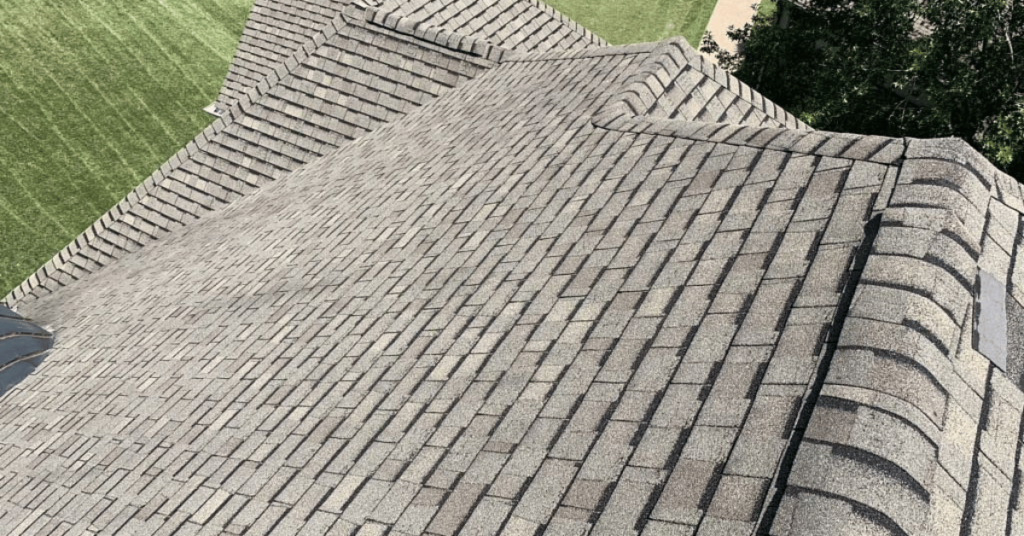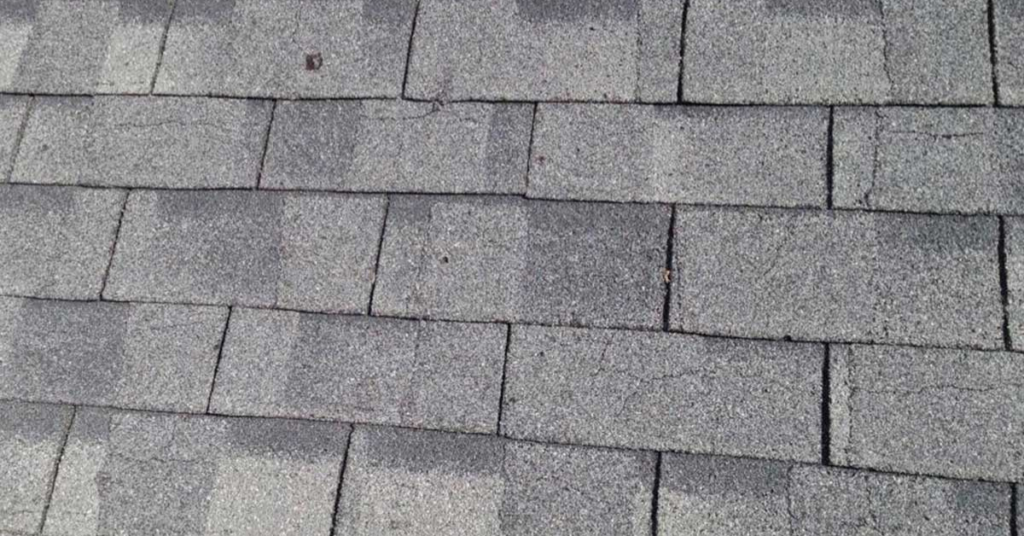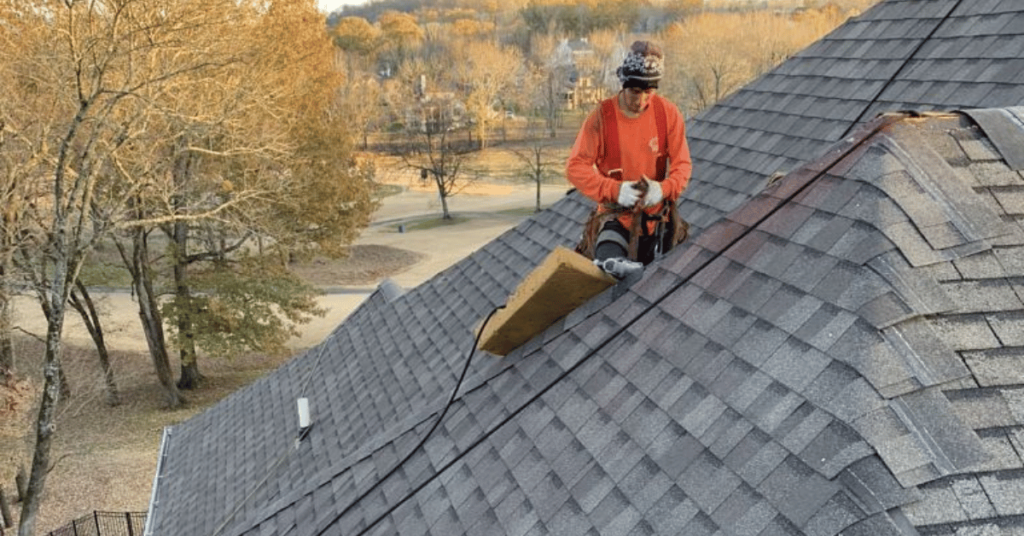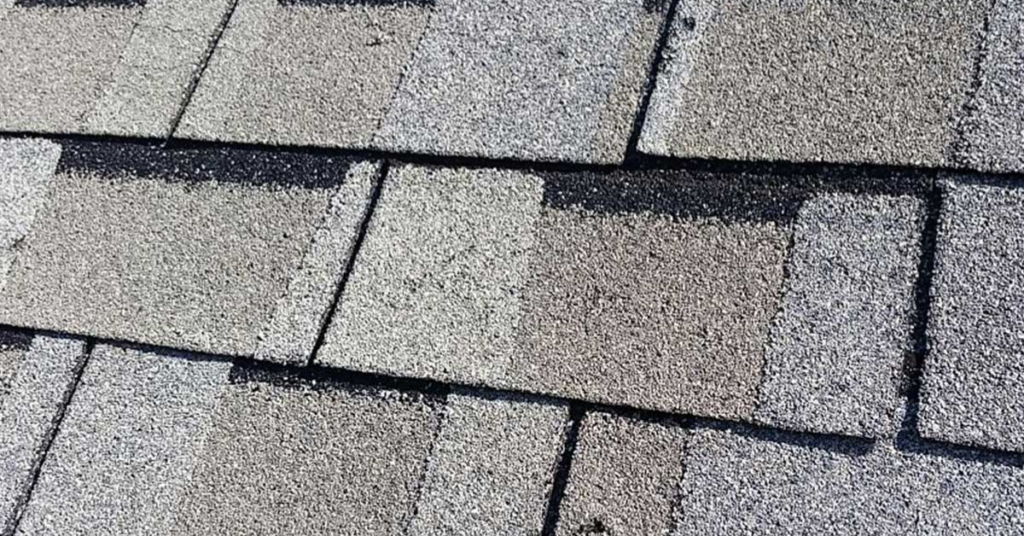When shingles go out of production, it creates challenges for homeowners and roofers alike. Finding suitable replacements and maintaining the roof’s integrity and appearance can be frustrating. This guide explores what discontinued shingles are, why they’re a concern, and the practical steps you can take to address them. Whether you’re a homeowner trying to protect your property or a roofer navigating these issues, you’ll find clear, actionable advice here to solve the problem.

What Are Discontinued Shingles?
Discontinued shingles are roofing materials that are no longer being manufactured. This happens for many reasons, like shifts in market demand, advancements in materials, or even regulatory changes. CertainTeed Horizon shingles, for example, were discontinued because they didn’t perform as expected, lasting less than their promised 25 years. GAF’s Camelot shingles were discontinued due to declining popularity.
When shingles are phased out, it becomes tricky to repair roofs that use them. Homeowners often struggle to find materials that match, and roofers may need to get creative with solutions. Manufacturers like Owens Corning and Atlas update their product lines frequently, which is good for innovation but leaves older products behind. Knowing what materials are on your roof is the first step in tackling this issue.
Why Discontinued Shingles Matter
For homeowners, the inability to replace shingles seamlessly can lead to mismatched repairs, which might hurt the look of the house. This is especially important for visible areas like the front of the home. A mismatch can also lower property value, making it a bigger issue if you’re planning to sell.
Roofers deal with their own challenges. Not being able to source matching shingles can make their jobs harder and affect customer satisfaction. For example, sourcing replacements for IKO or Malarkey shingles often requires navigating through limited stock or finding similar options, which takes extra time and effort.
The legal side also matters. In some places, there are laws that require shingles to match, especially if the difference is visible from the street. This is known as the “line of sight” clause, and it can provide leverage when dealing with insurance claims. In Tennessee, knowing these details can make a big difference in how you resolve the issue.


Roof University is the place if you're a roofer, property owner, or insurance adjuster.
How to Handle Discontinued Shingles
One solution is finding shingles that match as closely as possible. Roofers often turn to specialty distributors or check with manufacturers who might have leftover stock. Companies like Pabco and BP are great resources for finding alternatives that can work in these situations. While it’s rare to get a perfect match, it’s often possible to find something close enough that most people won’t notice.
When matching isn’t an option, you’ll need to decide between repairing part of the roof or replacing the whole thing. A partial repair works if the damage is small and located in a less noticeable area. For example, replacing a few shingles on the back of the house with a similar color might be fine. But if the damage is extensive, or if it’s in a highly visible area, replacing the entire roof might be the best choice for long-term value and consistency.
Insurance plays a big role here too. Some policies will cover the cost of finding matching shingles, while others won’t. If you have replacement cost coverage (RCV), you’re in luck because it covers the cost to replace the damaged shingles with comparable materials. Actual cash value (ACV) policies, on the other hand, may leave you covering part of the cost because they deduct for depreciation.

Helping Roofers Solve the Problem
Roofers have a tough job when dealing with discontinued shingles, but strong partnerships with suppliers can make all the difference. Keeping a reliable list of contacts for manufacturers like CertainTeed or Tamko helps ensure you can find the best possible match for your clients.
It’s also important to communicate openly with homeowners. Let them know about their options, whether it’s matching shingles, partial repairs, or full replacements. For example, if a homeowner in Murfreesboro has Atlas Chalet shingles, explaining why a close alternative from Owens Corning might be a good option can help them feel confident in the decision.
How Homeowners Can Prevent Issues
Regular maintenance and inspections go a long way toward avoiding major roof problems. Spotting missing or damaged shingles early can prevent the need for large repairs that might involve discontinued materials. Hiring a trusted roofing contractor to inspect your roof every year can save you headaches later.
Choosing durable materials from reliable manufacturers when replacing your roof is another smart move. Brands like Malarkey and CertainTeed offer shingles designed to last longer and often come with solid warranties. Taking the time to invest in quality products upfront can save you from dealing with discontinued shingles in the future.

Local Regulations to Keep in Mind
In Middle Tennessee, building codes vary by county, and it’s important to know what applies to you. For example, Davidson and Williamson counties have specific rules about roofing materials that ensure safety and durability. Understanding these regulations, especially if you’re filing an insurance claim, can save you time and money.
Matching laws are another key consideration. If you’re working with an insurance company, be sure to ask whether they’ll honor requirements to match shingles under the “line of sight” rule.
Real-World Success Stories
One homeowner in Nashville faced a common problem when CertainTeed Horizon shingles on their roof were damaged in a storm. Their contractor found a similar product from Tamko and was able to replace the damaged section. The result was a repair that blended in so well, it was nearly impossible to notice.
In another case, a family in Franklin had Atlas Chalet shingles that couldn’t be matched. They opted to replace the entire roof with Owens Corning Duration shingles, giving their home a fresh look and adding to its value.

Conclusion
Discontinued shingles might feel like a major roadblock, but there are always ways to handle the problem. Whether it’s finding a close match, exploring insurance coverage, or replacing the roof entirely, the key is to work with knowledgeable professionals who can guide you.
For homeowners, keeping your roof in good shape through regular maintenance and smart material choices is your best defense. Roofers can also play a big role by offering clear, honest advice and leveraging their industry connections to find the best solutions.
If you’re dealing with discontinued shingles, reach out to a trusted local roofer today to explore your options. A well-maintained roof is one of the most important investments you can make in your home’s value and safety.
Parks
Matt is Five Points Roofing's VP of Business Development, directly in charge of company growth and building a true contracting brand that is trusted by millions of homeowners. It’s not all business for Matt though, being 6’5”, he’s an avid amateur beach volleyball player and golfer. Competition is his thing. Happily married to his wife Laura, they also have a giant 72 pound ex-racing greyhound that’ll run laps around you.
Roof University is the place if you're a roofer, property owner, or insurance adjuster.
